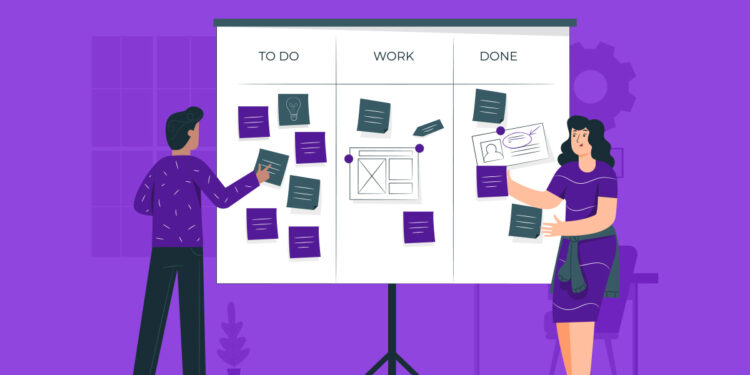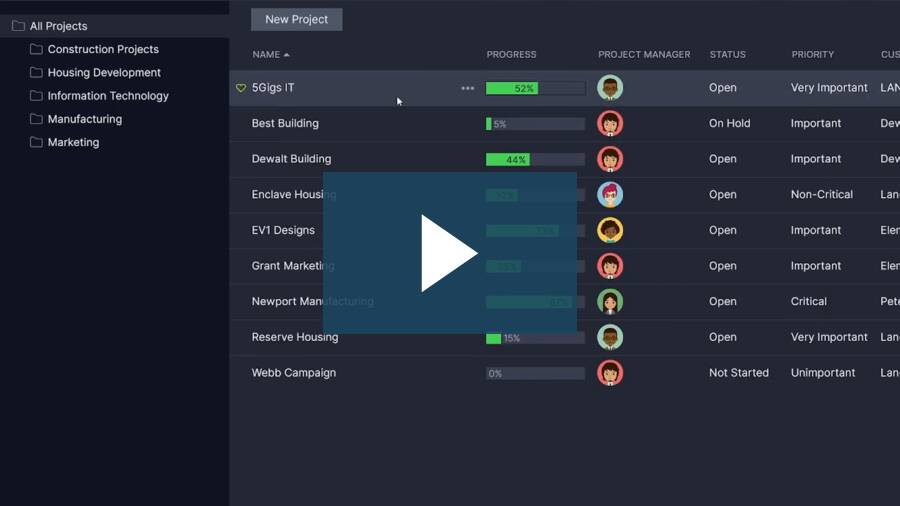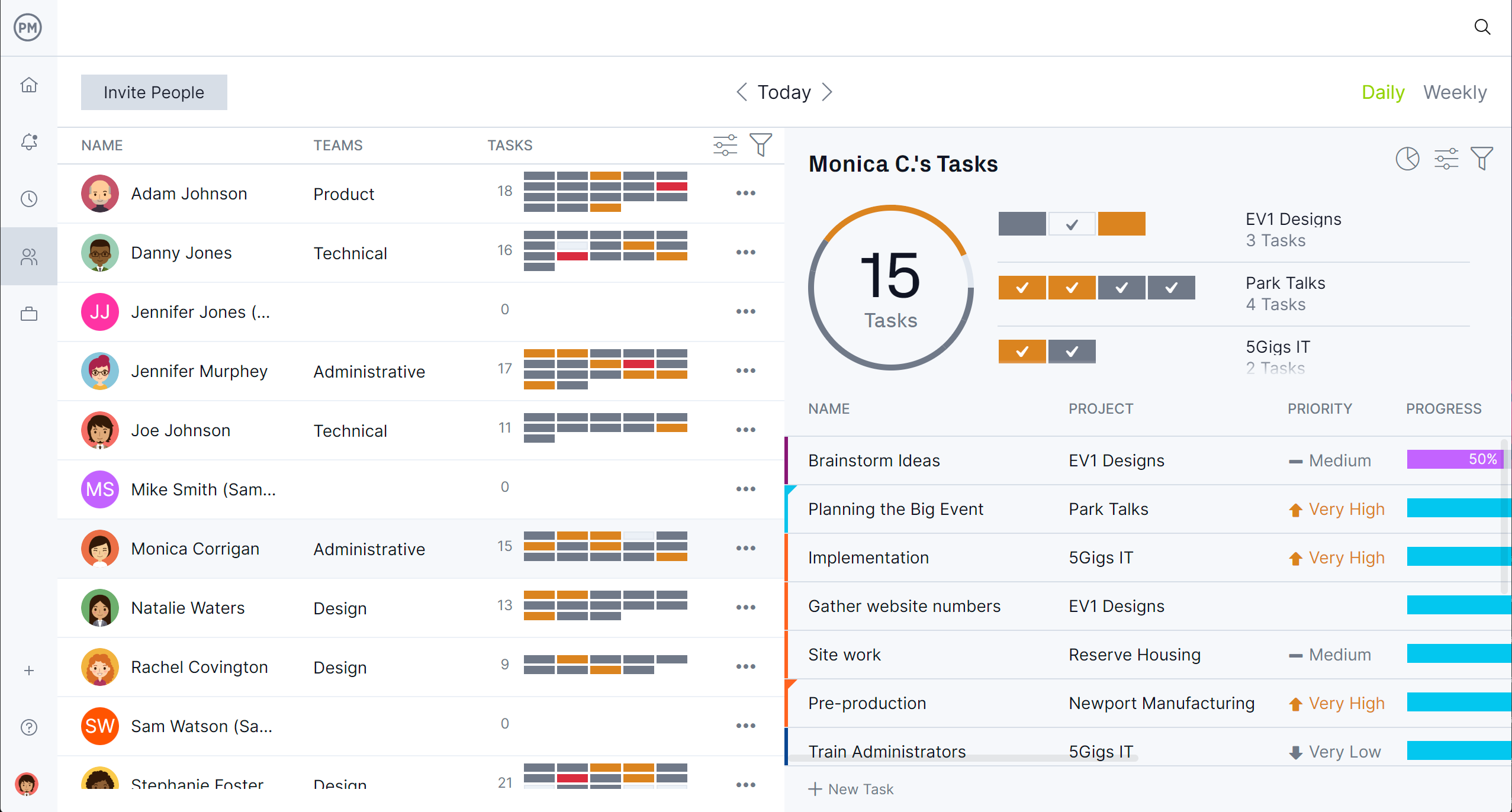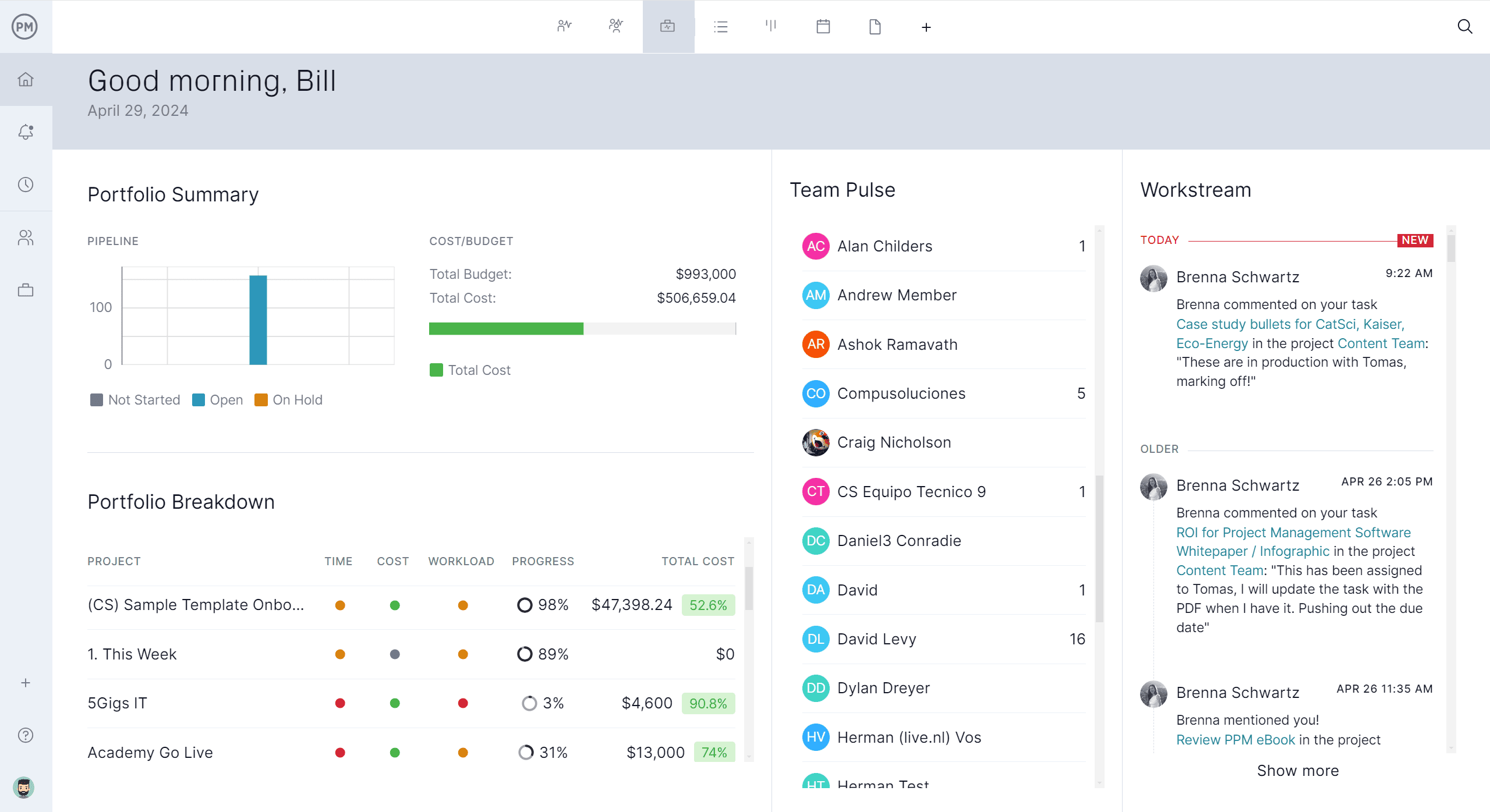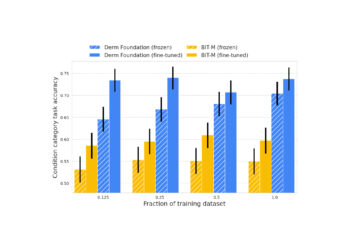Managing a program is far more complex than running a single project. It involves coordinating multiple projects, teams and objectives to achieve strategic business goals. Without the right structure and tools, programs can quickly fall into disarray. That’s why establishing and following program management best practices is essential for maintaining control and driving long-term success across the organization.
1. Make a Thorough Program Management Plan
A program management plan is a comprehensive document that outlines how a program will be executed, monitored and controlled. It defines the program’s scope, goals, governance structure and resource requirements. The plan also includes timelines, roles and responsibilities and risk management strategies. It serves as a reference for all key stakeholders and provides direction for managing interrelated projects effectively throughout the program life cycle.
Creating a detailed program management plan is crucial for ensuring alignment across all components of the program. It helps stakeholders understand how decisions will be made, how resources will be allocated and how progress will be tracked. By setting expectations early, this document reduces confusion, improves coordination and supports risk mitigation. It also enables program managers to keep the focus on strategic objectives while addressing issues across projects. A strong plan ensures consistency and accountability across the entire program.
Project management software helps create a program management plan by organizing project data in one place, aligning objectives across teams and providing tools to coordinate timelines, budgets and resources. It enables managers to structure multiple projects under a single strategy, ensuring every component supports overall program goals while allowing for easier collaboration, risk management and reporting.
ProjectManager is award-winning project and portfolio software that simplifies building a program management plan with its roadmap feature, which visually connects all projects in a timeline view. Program managers can set milestones, track all four types of dependencies and adjust schedules in real time to keep everything aligned. The roadmap acts as a central hub for planning, helping teams stay focused on long-term outcomes while managing changes and progress across the program. Get started with ProjectManager today for free.


2. Create a Program Roadmap to Visualize Multiple Projects
A program roadmap is a high-level visual timeline that shows how multiple projects within a program align over time. It’s commonly built using a Gantt chart tool to illustrate the sequence of projects, key milestones and major dependencies. The roadmap provides a macro view of the program’s structure, helping stakeholders understand how different projects contribute to the overall objectives and when they’re scheduled to occur.
Developing a program roadmap is essential for tracking multiple projects from one central view. It helps program managers monitor progress, identify potential delays and coordinate resources efficiently. This level of visibility supports informed decision-making and keeps all stakeholders aligned with the program’s strategic direction.
3. Establish a Clear Program Governance
Program governance is the framework of rules, roles and processes used to guide decision-making and accountability throughout the program. It ensures that all components of the program align with organizational strategy and comply with defined standards. Strong governance provides clarity, consistency and oversight, helping program managers manage risks, resolve conflicts and deliver the intended benefits effectively and transparently across all projects.
Steering Committee
The steering committee is a group of senior stakeholders who provide strategic direction, approve key decisions and monitor overall program performance. They ensure the program stays aligned with business goals and resolve escalated issues that require executive attention. Their role is crucial for maintaining oversight and supporting the program manager in delivering successful outcomes.
Program Sponsor
The program sponsor is a senior executive responsible for championing the program at the organizational level. They secure funding, provide high-level support and ensure the program aligns with strategic priorities. The sponsor also serves as the link between executive leadership and the program team, helping resolve major issues and promoting organizational buy-in.
Program Manager
The program manager oversees the planning, coordination and execution of the entire program. They manage multiple interrelated projects, coordinate with project managers and ensure all efforts contribute to the program’s strategic objectives. The program manager also monitors risks, manages stakeholder communication and provides updates to the sponsor and steering committee.
Program Management Office
The program management office (PMO) supports governance by providing standardized tools, processes and reporting structures. It helps enforce compliance with program standards, ensures consistency across projects and assists in performance tracking. The PMO also facilitates communication among stakeholders and supports the program manager with documentation, data analysis and best practices.
4. Identify Project Interdependencies
Project interdependencies are the connections and relationships between projects within a program. These can include shared resources, sequencing constraints or mutual deliverables. Identifying interdependencies helps program managers understand how the progress or delay of one project may impact others, allowing for better coordination and alignment across the entire program structure.
Recognizing project interdependencies is essential for proactive planning and risk management. It allows program managers to sequence projects logically, allocate resources efficiently and anticipate potential delays. This awareness improves decision-making, prevents bottlenecks and helps maintain alignment with strategic goals. Without visibility into interdependencies, programs are more likely to experience conflicts, duplicated efforts or missed opportunities for synergy.
5. Allocate Resources Across Projects to Maximize Resource Efficiency
Allocating shared resources such as personnel, equipment and materials across projects improves overall efficiency and reduces waste. By coordinating schedules, organizations can minimize idle time and increase utilization of specialized teams or assets.
Purchasing materials in bulk for use across multiple projects can also reduce procurement costs. This approach enhances consistency in quality, fosters knowledge sharing between teams and streamlines logistics. Strategic resource allocation enables program managers to make the most of available capacity while lowering expenses, reducing delays and maximizing the value delivered through each interconnected project in the program.
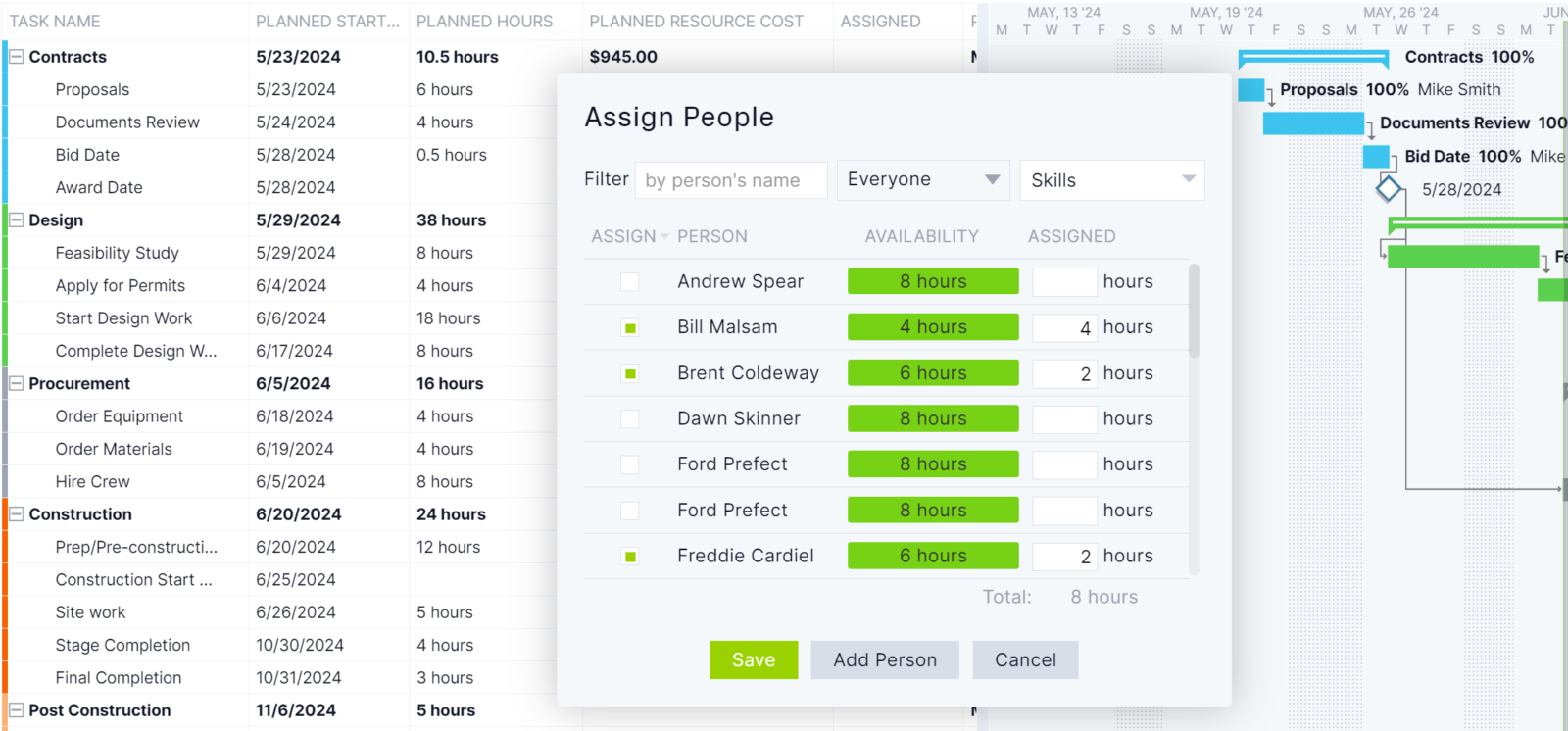

6. Establish a Program Management Office (PMO)
A program management office (PMO) plays a vital role in standardizing processes, providing oversight and supporting the program manager. It ensures consistency in documentation, reporting and resource allocation across projects. The PMO also helps track performance metrics, manage risks and facilitate communication among stakeholders. By centralizing governance support, a PMO strengthens control, improves decision-making and promotes alignment with strategic objectives throughout the program life cycle.
Related: 10 Free Program Management Templates for Excel and Word
7. Ensure Programs Align with Business Goals
Programs must align with the strategic goals outlined in the organization’s business plan. This ensures that the time, budget and effort invested in the program contribute to long-term value creation. Program alignment also supports prioritization within the broader project portfolio, helping to avoid resource conflicts and redundant initiatives. When programs are connected to business goals and coordinated with other programs, they are more likely to secure executive support, deliver measurable benefits and reinforce the organization’s overall mission and competitive position.
8. Promote Cross-Departmental Collaboration
Programs typically span multiple departments, requiring coordinated efforts from diverse teams. Promoting cross-departmental collaboration ensures that everyone involved shares information, aligns priorities and works toward common goals. Open communication prevents duplication of effort and resolves interdepartmental conflicts. Collaboration also fosters innovation by bringing together different perspectives and expertise. A culture of cooperation across departments helps streamline execution, improve efficiency and maximize the value delivered by the program as a whole.
9. Monitor Program Performance with KPIs and Metrics
Establishing key performance indicators (KPIs) is essential for tracking program progress and ensuring strategic objectives are being met. KPIs provide measurable data that guide decision-making and allow for early identification of issues. Common program management metrics include benefit realization, schedule adherence, cost performance index (CPI), resource utilization and risk exposure. Monitoring these metrics enables program managers to maintain control, report accurately to stakeholders and adjust plans proactively to keep the program on track and aligned with business goals.
10. Use Program Management Software
Program management software provides the tools needed to plan, schedule and track complex programs involving multiple projects. It helps consolidate timelines, manage shared resources and monitor progress in real time. With features like dashboards, Gantt charts and reporting tools, program managers gain visibility into all moving parts of the program. The software also improves collaboration by centralizing communication and documentation, making it easier to align teams and keep stakeholders informed throughout the program life cycle.
How ProjectManager Helps with Program Management
ProjectManager outperforms static templates by offering a connected, real-time platform that keeps every part of a program in sync. Instead of juggling spreadsheets or disconnected documents, teams can collaborate live and view how all projects align with program goals. The roadmap view brings this alignment to life by mapping project timelines and milestones across the program, offering clarity on dependencies, delivery schedules and strategic direction without the manual work.
Learn more about our project portfolio management software and how it can improve outcomes.
Track Resource Utilization and Costs Across Projects
To support efficient execution, our resource management tools help track utilization across all projects within a program. Features like availability settings, workload charts and the team page show who’s assigned to what and where capacity may be stretched. This visibility allows program managers to shift resources quickly, avoid burnout and ensure the right people are focused on the right tasks throughout the program lifecycle.
Monitor Project Metrics From a Single Integrated Platform
Progress tracking is just as seamless with our real-time portfolio dashboards, customizable portfolio reports and secure timesheets. Dashboards offer a live view of project health, risk and performance across the program, while reports can be tailored to highlight key metrics by stakeholder or priority. Timesheets provide detailed data on time spent, supporting accurate forecasting, billing and workforce planning—all from a single, integrated platform.
Related Program Management Content
Program management best practices will help, but there’s more to know. For example, follow these links below to learn about the role of a program manager, the difference between project and program management and much more.
ProjectManager is online project and portfolio management software that allows teams to stay connected in the office and on the job site. They can share files, comment at the task level and stay updated with email and in-app notifications. Join teams at Avis, Nestle and Siemens who are using our software to deliver successful projects. Get started with ProjectManager today for free.
